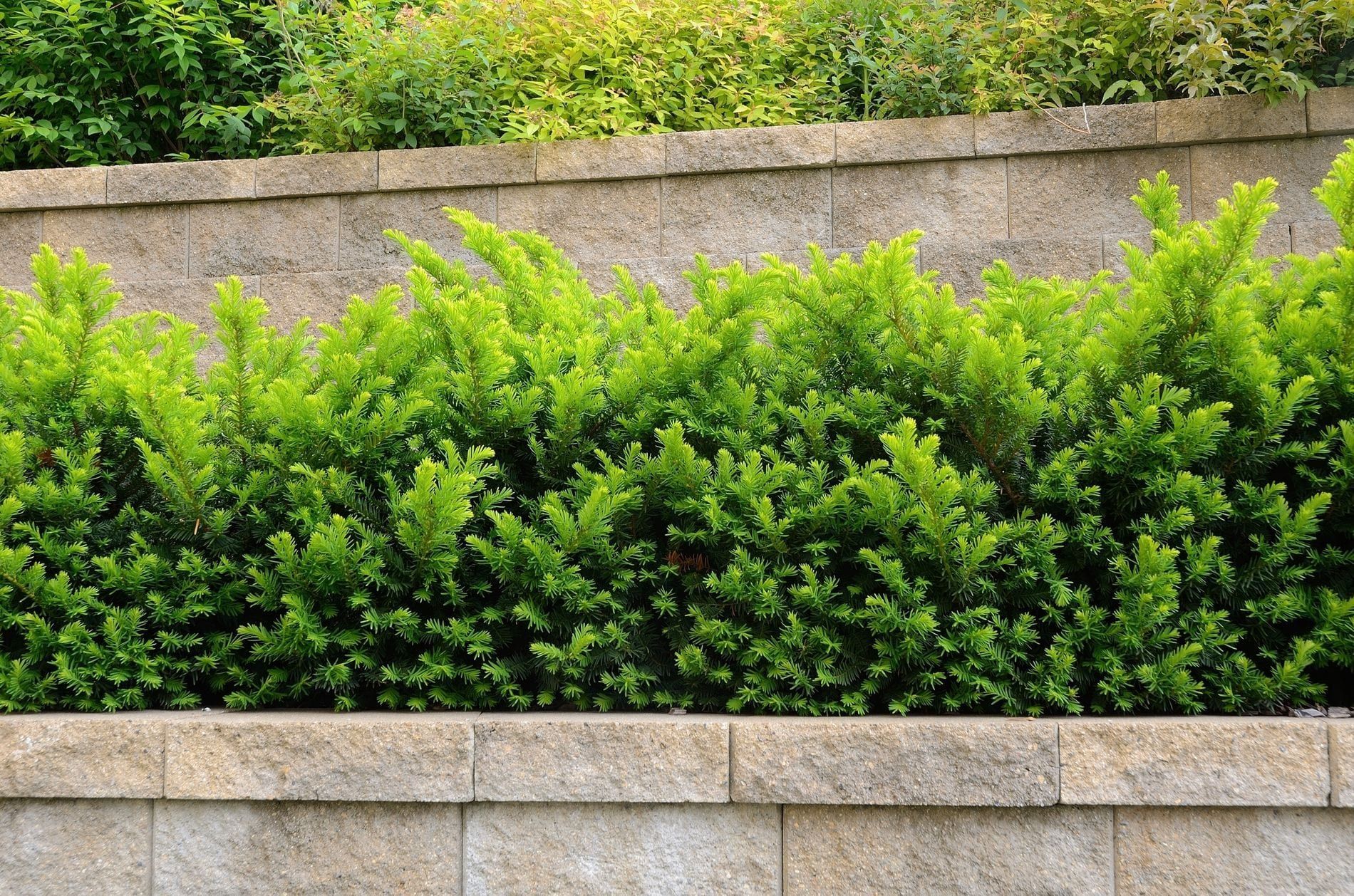Drainage Issues: How Retaining Walls Can Help
Retaining walls provide property owners with a variety of benefits from increasing drainage and preventing erosion to adding to a home’s curb appeal and improving the landscaping. If retaining walls aren’t designed properly to account for proper drainage, it is likely that they will fail, resulting in extensive damage to your property. Whether you’re planning on installing a retaining wall on your own or hiring a professional
, it’s essential to understand the purpose, types, and crucial features of retaining walls.
What is a Retaining Wall?
A retaining wall is a structure that can be created by many different types of material to retain soil and water behind it. While retaining walls were initially designed to keep a property’s landscape soil from eroding, homeowners are commonly choosing to incorporate these structures to increase their property’s aesthetic value and create more usable space. Retaining walls can be built from a variety of materials; some are easy to use while others have a shorter life span.
Types of Retaining Walls
The properties of homeowners vary, meaning the reasoning or purpose for a retaining wall can differ from location to location. From drainage and erosion to needing more usable space, there are four common types of retaining walls, each designed with different purposes.

Why Proper Drainage is Important
Allowing for proper drainage in your retaining wall is extremely important as any built-up water puts additional pressure on the structure and can weaken the retaining wall’s ability to resist. If built-up water isn’t allowed to release, the weakest part of the retaining wall will give. This can be identified from a bulge, leaning outward, or buckling. Several methods can be incorporated when designing your retaining wall to prevent water from building up:
Each of these methods will help reduce the amount of water building up behind your retaining wall, thus lessening the chances of bulging, outward leaning, and buckling. In many cases, homeowners are most successful when combining more than one of these methods, and, as a result, water pressure on your retaining wall will be drastically reduced.
How to Set Up Your Retaining Wall
Whether you’re choosing to hire a professional to build a retaining wall or choosing to do it yourself, it’s encouraged to have a basic understanding of the proper structure. If a retaining wall is built incorrectly, it could lead to significant issues for your property and landscaping.
Improve the Health of Your Property
Whether you’re having difficulties with proper drainage in your landscaping or looking to add to the aesthetic of your property, a retaining wall is an excellent addition. There are many different designs of retaining walls created with various materials, so learning what’s best for your property is essential. It’s vital to be sure that your retaining wall is designed and constructed correctly to alleviate any future issues. Contact a professional or begin building a retaining wall on your own to start improving the overall health of your property.










